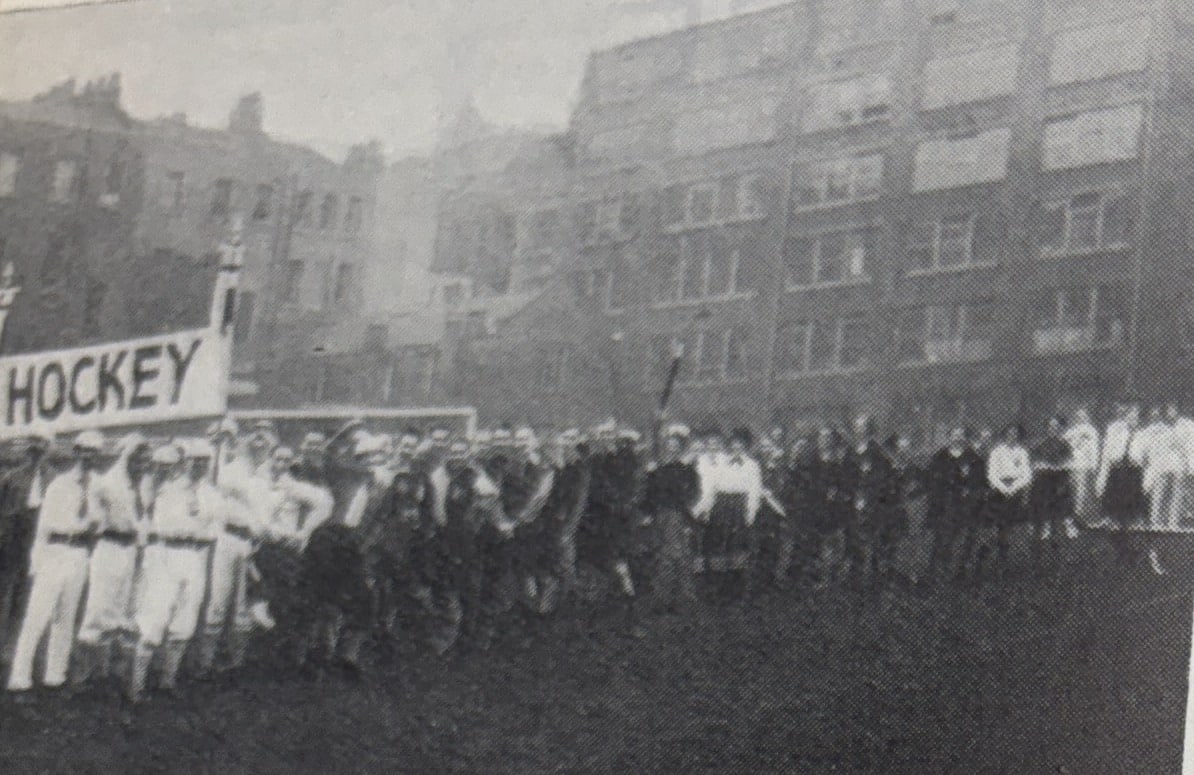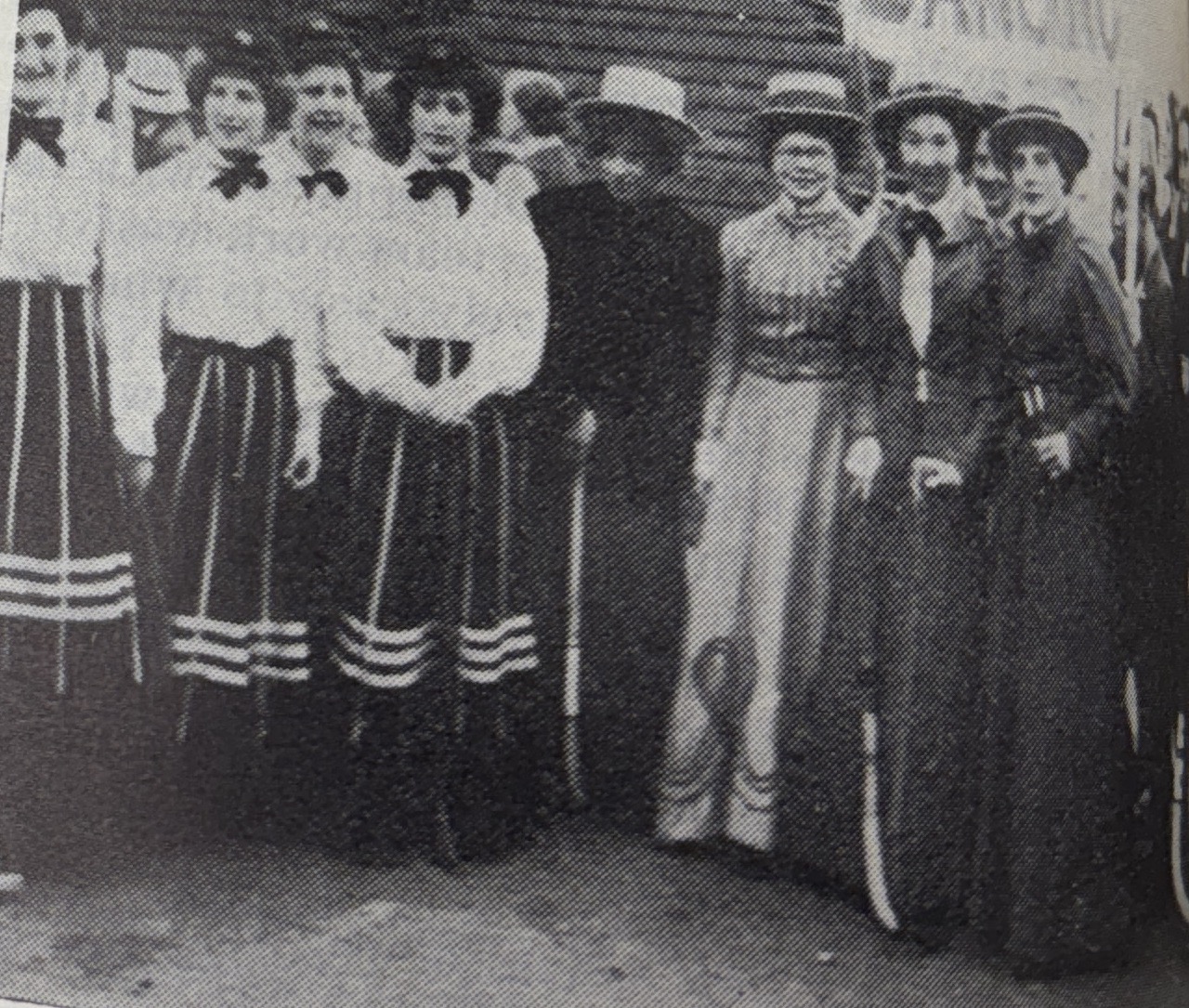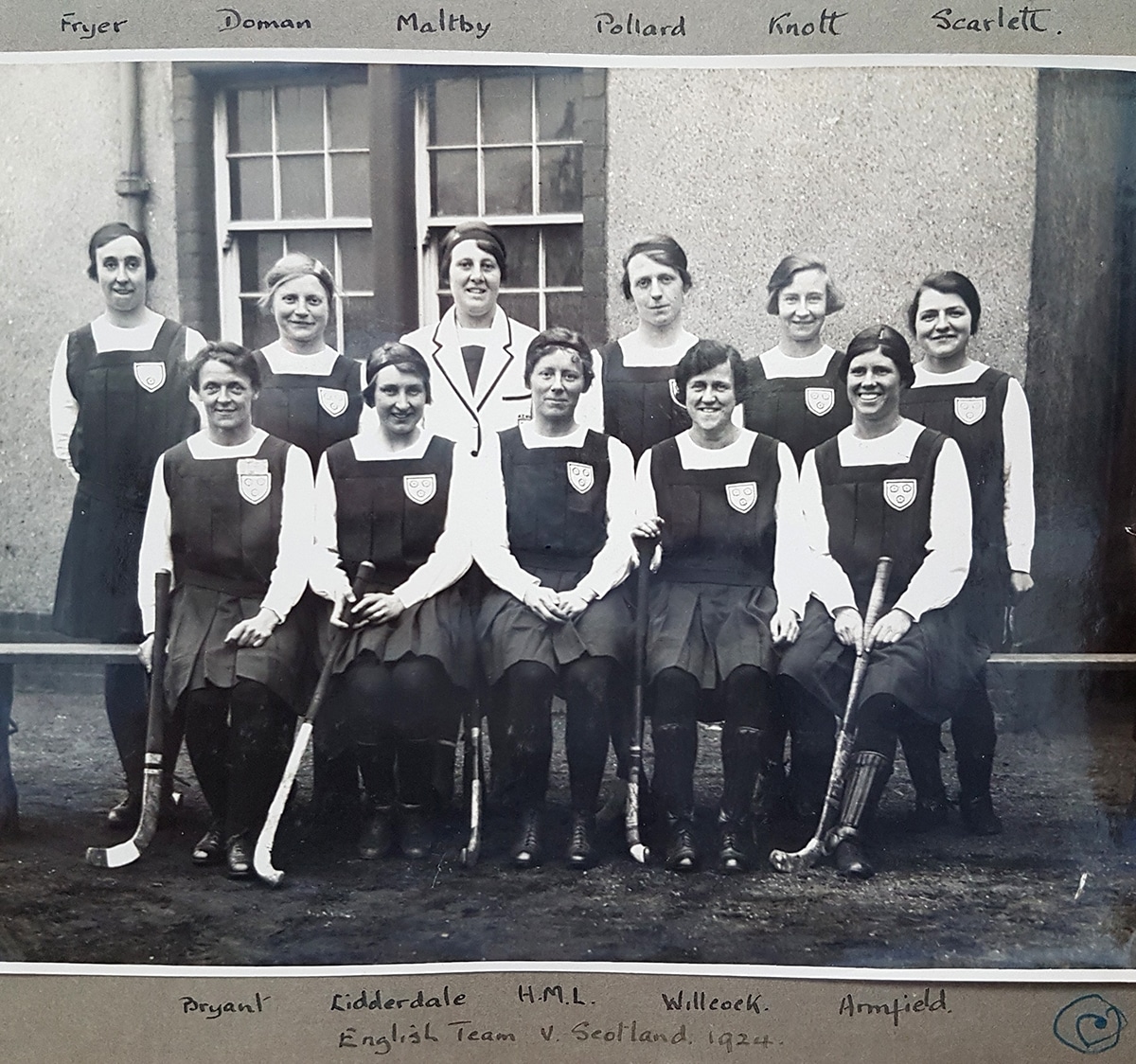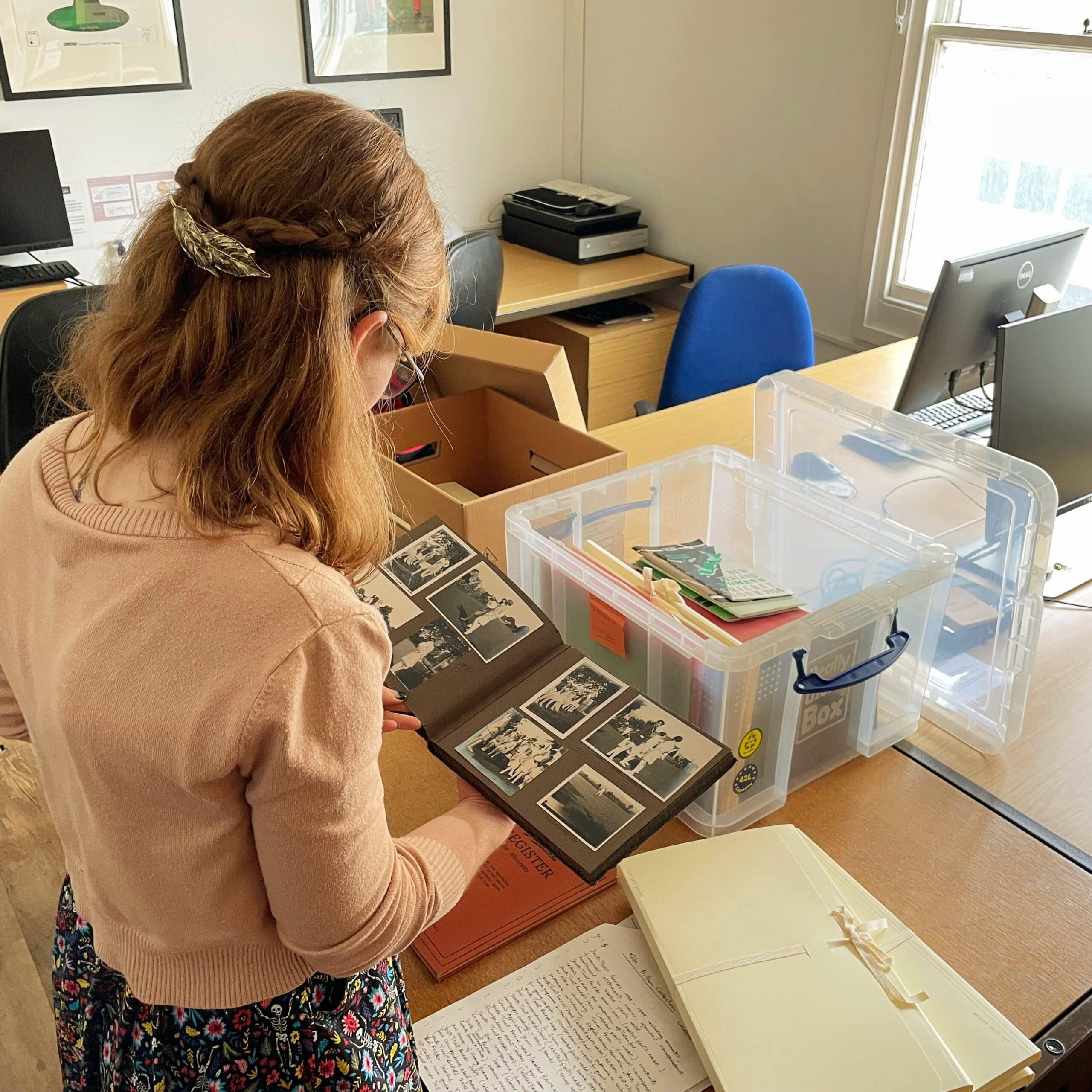As part of Sporting Heritage’s Sport and Fashion month (June 2025), we have been celebrating stories and milestones in hockey’s clothing history. From woollen skirts to high-tech fabrics, The Hockey Museum’s textiles collection has helped us trace the sport’s evolving uniforms and the wider social shifts behind them.
As a fitting reflection, we are taking inspiration from a moment nearly a century ago, when players of hockey and other sports came together to celebrate how far sport and its uniforms had come. This historical celebration of progress is helping us think about how we continue to tell these stories today.
The Lord Mayor’s Show
In 1938, the National Fitness Council of England and Wales accepted an invitation from the new Lord Mayor of London, Sir Frank Bowater, to create a spectacular parade around the national fitness movement. Subsequently, on 9 November 1938, the Lord Mayor’s Show included a pageant titled “Keeping Fit Through the Ages”, which showcased every form of sport in Britain since the 18th century. Many activities were represented in the parade. These included, in order of procession: walking, camping, golf, cycling, bowls, fencing, dancing, rowing, netball, association football, rugby football, lawn tennis, cricket, riding, climbing, athletics, hockey, swimming, archery, skating, boxing, morning exercises, recreative gymnastics and ‘keep fit’ classes. Collectively, they celebrated the past and present in the world of sport contrasted by costumes and in other ways, such as the developments of bicycles in cycling.
Where possible, participants were selected from sports clubs within the committee’s area. Helen Armfield, Honorary Secretary of the All England Women’s Hockey Association (AEWHA) and member of the National Fitness Committee for Surrey and Sussex, helped to arrange a ‘then and now’ display for the hockey section. The Secretary’s Report from Wimbledon Ladies’ Hockey Club’s 1938/39 season reveals that two of their members proudly took part. The hockey section showcased a dramatic contrast between participants dressed in the restrictive and heavy uniforms of 1896 and the men and women players dressed in more practical and shorter modern sporting attire of the 1930s.

Photograph of the hockey procession during the Lord Mayor’s Show of 1938.
Taken from Hockey Field and Lacrosse, 26 November 1938, page 6.
What did that early uniform include? According to press coverage at the time, the full ensemble of the 1896 uniform included:
- An umbrella skirt measuring 12 yards around the hem
- A billowing blouse with leg-of-mutton sleeves
- A thick woollen cardigan jacket
- Heavy boots
- A flat pancake-like hat, secured with a veil (the AEWHA rules banned players from wearing hat-pins)
In the editorial notes of the 29 October 1938 issue of Hockey Field and Lacrosse, the organisers of the pageant shared the practical difficulties they faced in collecting the original uniforms for players to wear, particularly the hat. This underscores how outdated and impractical the early hockey uniforms had become in only a few decades. They also observed that the “uniform weighs more and takes more space than the entire collection of modern uniforms for a whole team!” By contrast, the 1930s uniforms were described so minimal in weight and size that “a modern hockey dress would go in the pocket.” These comments highlight significant changes in the physical design of women’s hockey uniforms noticed by participants and spectators.

Photograph of female hockey players showing the contrasting styles of hockey kit worn for the Lord Mayor’s Show of 1938.
Taken from Hockey Field and Lacrosse, 26 November 1938, page 6.
The press commentary and performance of the 1938 procession provides valuable context for understanding the challenges in acquiring 19th-century women’s hockey uniforms for museum collections and highlights the value of object comparison as a research tool. Practical reasons likely contributed to the loss of early garments – many were heavy and bulky making them difficult to store and more likely to be discarded or repurposed. At the same time, the pageant compellingly demonstrates the usefulness of comparing surviving uniforms across the decades. Studying uniforms side-by-side, where possible, allows us to trace changes in fabric, cut, weight, and construction techniques, revealing shifting values around movement, femininity and women in sport. The absence of early uniforms and the difficulty Helen Armfield faced in sourcing original uniforms in 1938 underscores their rarity. Moreover, the contemporary pursuit to track them down speaks to wider issues such as the historical undervaluing of women’s sporting material culture, the ephemeral nature of clothing, and the ongoing collecting challenges faced by museums such as The Hockey Museum today.
The pageant was a powerful visual tribute to changing trends as well as changing attitudes to women in sport and the essential role of clothing in making physical activity more accessible and enjoyable. You can enjoy the spectacle for yourself by watching a short British Pathé newsreel from the 1938 Lord Mayor’s Show, which features clips of the procession and the many sports that took part. It is a charming time capsule that brings this sporting celebration to life.
Watch: Lord Mayor’s Show in London (1938) | British Pathé
In 2025, we find ourselves looking back to 1938 with the same sense of intrigue about the progress of clothing in hockey. From 12-yard hem skirts to moisture-wicking fabrics and increased choice for women in choosing what they want to wear on the field, hockey’s fashion journey highlights changes and consistencies in the sport as well as the freedoms gained by the women who play it.
Emmy Sale









